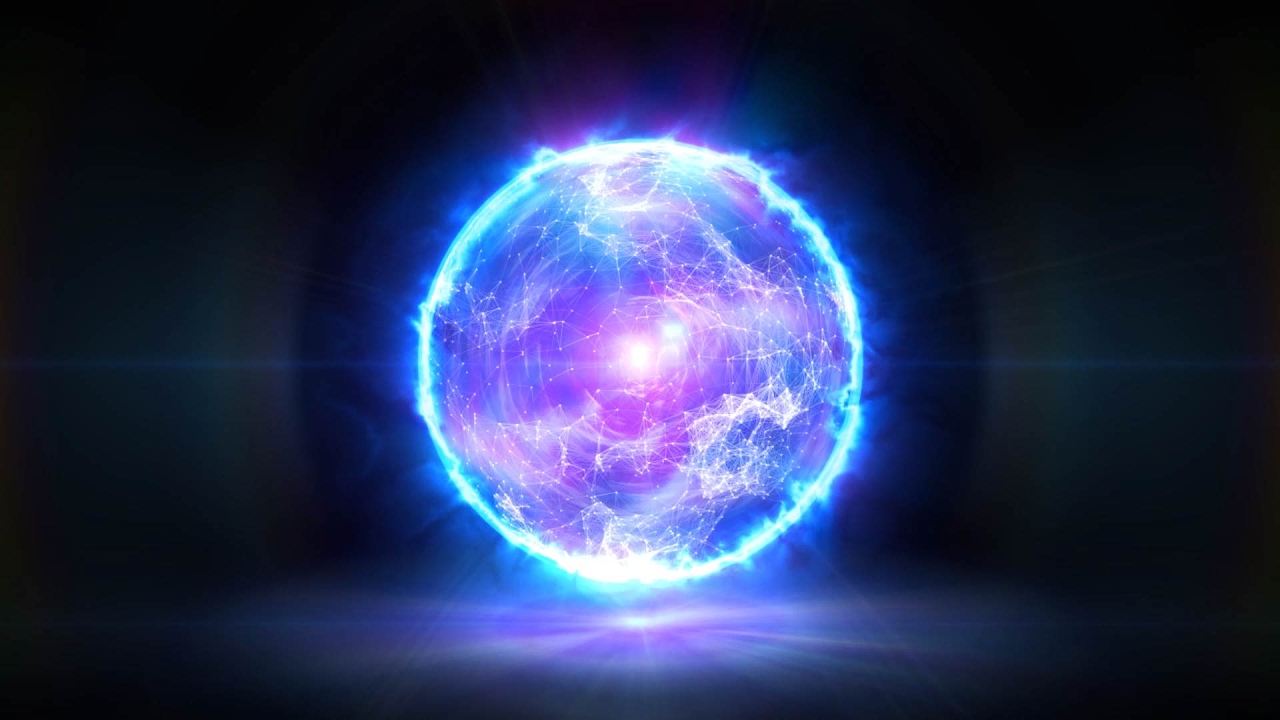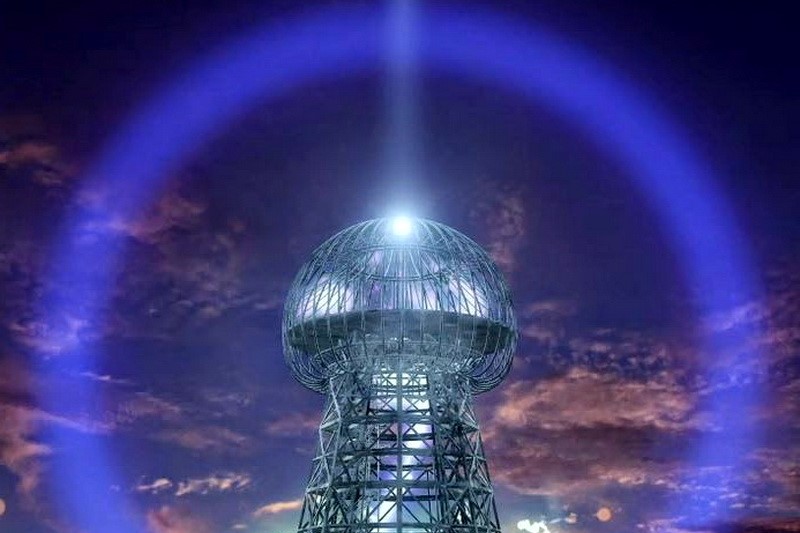






Trakonta ltd, 54031 Ukraine, Nikolaiv city, Electronnay street 81/4, E-mail: trakonta@gmail.com Tel: +380512714945; Mob, Viber: +380503180260

Dispersion of metals
The process of electroerosive dispersion (EED) is the destruction of a conductive material used due to the local effect of short-term electrical discharges between the electrodes. Within the limits of the effect of the discharge, under the influence of significant temperatures, heating occurs. Then the melting and incomplete evaporation of the substance used.
In order to obtain a high temperature in a narrow zone of a small volume, a significant concentration of energy is required. This goal is achieved by applying a pulse voltage, and the EED process is carried out in a liquid medium. This medium is a working fluid that fills the gap between the electrodes, called the interelectrode gap.
In order to obtain a high temperature in a narrow area of a small volume, it is necessary to provide a significant concentration of energy. This goal is achieved by using a pulse current generator. The EED process is carried out in a liquid medium, i.e. working fluid (WF), which fills the gap between the electrodes, called the interelectrode gap (IEG).
The process of electroerosive dispersion (EED) is the destruction of a conductive material used due to the local effect of short-term electrical discharges between the electrodes. Within the limits of the effect of the discharge, under the influence of significant temperatures, heating occurs. Then the melting and incomplete evaporation of the substance used.
In order to obtain a high temperature in a narrow zone of a small volume, a significant concentration of energy is required. This goal is achieved by applying a pulse voltage, and the EED process is carried out in a liquid medium. This medium is a working fluid that fills the gap between the electrodes, called the interelectrode gap.
In order to obtain a high temperature in a narrow area of a small volume, it is necessary to provide a significant concentration of energy. This goal is achieved by using a pulse current generator. The EED process is carried out in a liquid medium, i.e. working fluid (WF), which fills the gap between the electrodes, called the interelectrode gap (IEG).
Trakonta ltd
Dispersion of metals
Dispersion of metals

At the third stage, a decrease in the impulse current and shock wave, expansion of the vapor-gas bubble and the release of erosion products are observed.
The pressure inside the gas bubble begins to drop rapidly. Since the temperature and high pressure of gases decrease much faster than the temperature of the dimple plane, this leads to an additional release of small portions of steam from the vapor-gas cavity after the completion of the current pulse.
The shock wave is damped by the surrounding working fluid. At the beginning of this stage, in the gap between the electrodes, there is a liquid alloy in the depressions of the electrodes (holes); gas bubble, in the depth of which there are alloy vapors; WF.
The pressure inside the gas bubble begins to drop rapidly. Since the temperature and high pressure of gases decrease much faster than the temperature of the dimple plane, this leads to an additional release of small portions of steam from the vapor-gas cavity after the completion of the current pulse.
The shock wave is damped by the surrounding working fluid. At the beginning of this stage, in the gap between the electrodes, there is a liquid alloy in the depressions of the electrodes (holes); gas bubble, in the depth of which there are alloy vapors; WF.
Each smooth surface has its own macro- or micro-relief, between two electrodes there are always two points, the gap between which is smaller than between other points of the electrodes. When a high pulse voltage is applied to the electrodes, a pulsed current flows between these points.
Let us consider three stages of the processes that take place during an electric discharge:
The initial stage of the EED process is the breakdown of the interelectrode gap. In this case, the discharge channel begins to form. As a consequence of this, a zone with a field of increased tension is taking shape. The process of WF ionization occurs in the interval through which the pulse current passes, i.e. a discharge channel is formed. The discharge channel is a relatively narrow area filled with a heated material (plasma) containing ions and electrons.
If the impulse voltage is increased in the period before the onset of breakdown, then this leads to the appearance of a pulsed electromagnetic field, which acts on the suspended particles presenting in the WF, and forces them to line up in a certain order. The duration of the period before the onset of breakdown depends on the type of WF and can reach tens of microseconds. Then, under the influence of this field, the process of formation of new charged particles takes place.
A significant proportion of the energy released per unit volume is spent on the formation of new charged particles. The formation of a large number of charged particles leads to an increase in the velocity of the channel up to several km/s, which consists of electrons with a density of 1022/m3.
The releasing of thermal energy leads to an increase in the temperature of the discharge channel to 12000–30000 K. Energy losses for thermal conductivity at this stage of the EED process are small due to the short duration. Some of the released energy is spent on boiling and decomposition of the working fluid.
When the conduction channel is formed, its resistance decreases, and the current in the discharge channel increases. In this case, the rate of current rise reaches hundreds of kiloamperes per second. By the end of the 1st stage, the voltage in the discharge channel decreases up to the "erosion voltage". The temperature of the discharge channel drops down to 8000–10000 K. For a given period of time on the plane of the electrodes, the alloy is heated up to the boiling point. At this stage, the erosion process takes place in small volumes in the vapor phase.
The second stage is the formation of a gas bubble from liquid and alloy vapors near the discharge channel, as well as heating of the electrodes. The formation of a discharge in the IEG is accompanied by the appearance of a shock thermal wave, which appears in the initial stages of the discharge and leads to the formation of a gas bubble in the WF. The cross section of the discharge channel is small, and its expansion is hindered by the magnetic field, which compresses the channel. The same role is played by the working fluid around the discharge channel. The length of the channel and its diameter are very insignificant, and for this reason, the energy density in it reaches large values, and the temperature in a given local volume reaches tens of thousands of degrees. Due to the high pulse pressure, the discharge channel tends to increase, squeezing the gaseous medium around it. Due to inertia, first the gas bubble and the working fluid around it are stationary, then their expansion begins. The boundaries of the discharge channel move at high speed in the radial direction. The expansion speed reaches 150-200 m/s. On the outer boundary, a so-called seal front is formed, in which the pressure varies unevenly in the working fluid from the initial value to the maximum.
Let us consider three stages of the processes that take place during an electric discharge:
The initial stage of the EED process is the breakdown of the interelectrode gap. In this case, the discharge channel begins to form. As a consequence of this, a zone with a field of increased tension is taking shape. The process of WF ionization occurs in the interval through which the pulse current passes, i.e. a discharge channel is formed. The discharge channel is a relatively narrow area filled with a heated material (plasma) containing ions and electrons.
If the impulse voltage is increased in the period before the onset of breakdown, then this leads to the appearance of a pulsed electromagnetic field, which acts on the suspended particles presenting in the WF, and forces them to line up in a certain order. The duration of the period before the onset of breakdown depends on the type of WF and can reach tens of microseconds. Then, under the influence of this field, the process of formation of new charged particles takes place.
A significant proportion of the energy released per unit volume is spent on the formation of new charged particles. The formation of a large number of charged particles leads to an increase in the velocity of the channel up to several km/s, which consists of electrons with a density of 1022/m3.
The releasing of thermal energy leads to an increase in the temperature of the discharge channel to 12000–30000 K. Energy losses for thermal conductivity at this stage of the EED process are small due to the short duration. Some of the released energy is spent on boiling and decomposition of the working fluid.
When the conduction channel is formed, its resistance decreases, and the current in the discharge channel increases. In this case, the rate of current rise reaches hundreds of kiloamperes per second. By the end of the 1st stage, the voltage in the discharge channel decreases up to the "erosion voltage". The temperature of the discharge channel drops down to 8000–10000 K. For a given period of time on the plane of the electrodes, the alloy is heated up to the boiling point. At this stage, the erosion process takes place in small volumes in the vapor phase.
The second stage is the formation of a gas bubble from liquid and alloy vapors near the discharge channel, as well as heating of the electrodes. The formation of a discharge in the IEG is accompanied by the appearance of a shock thermal wave, which appears in the initial stages of the discharge and leads to the formation of a gas bubble in the WF. The cross section of the discharge channel is small, and its expansion is hindered by the magnetic field, which compresses the channel. The same role is played by the working fluid around the discharge channel. The length of the channel and its diameter are very insignificant, and for this reason, the energy density in it reaches large values, and the temperature in a given local volume reaches tens of thousands of degrees. Due to the high pulse pressure, the discharge channel tends to increase, squeezing the gaseous medium around it. Due to inertia, first the gas bubble and the working fluid around it are stationary, then their expansion begins. The boundaries of the discharge channel move at high speed in the radial direction. The expansion speed reaches 150-200 m/s. On the outer boundary, a so-called seal front is formed, in which the pressure varies unevenly in the working fluid from the initial value to the maximum.

The melted and vaporous material used enters the WF located around it. After that, the material is cooled at a rate of 106–109 K / s and solidifies in the working fluid with the formation of single particles. Similar processes, but on a smaller scale, also occur during the interaction of ions with the cathode surface, the destruction of which occurs to a greater extent in the vapor phase.
In the zone of action of the current pulse, small depressions appear on the plane of the electrodes - holes formed due to the removal of a certain amount of material during the discharge process. The volume of the material used, removed by a single pulse from the plane of the treated part, and the shape of the formed hole, depend on the energy of the pulsed discharges, its duration and the properties of the dispersing substance.
In the process of dispersion, the ejected particles are released from the hole in a liquid and vapor state of aggregation, and also due to mechanical splitting off. In this case, the volume of the used material removed from the holes in the liquid phase increases with enhancing energy and pulse duration. Those particles that have formed from the vapor phase stick together and begin to form clusters of particles of irregular geometric shape.
Thus, electrical erosion of the used material is executing with the formation of one erosion hole on the plane and powder particles in the working fluid. After the cessation of the impact of the impulse discharge, the voltage across the electrodes drops to zero. The process of deionization of the working fluid begins. The electrical strength of the working fluid is renewed. IEG is restored for the next discharge. If deionization does not occur in any way (due to the long pulse duration or a short period between pulses), the discharge goes into the next one. This is what determines the EED process.
The discharges in the IEG differ from each other both in the nature and effect of erosion. They are classified into three main types:
1. Subsequently, after the breakdown of the interelectrode gap, the particles of the liquid substance and its vapor are freely removed from the discharge region. Only a small volume of liquid substance remains on the plane of the electrodes, which, solidifying, forms a thin film. The melting of the substance from the planes of the electrodes occurs under the influence of the high temperature of the discharge channel. In this case, the heating of the substance from the direct flow of current in it is minimal and takes almost no part in the process of removing the substance. The removal of the substance occurs due to the effect of a heat source, which is considered to be the discharge channel with a moderate spread of heat into the depth of the electrode substance. This EED procedure is common and has the greatest erosion results.
2. After the pulse has ended, the electrodes are fused with the molten substance. This usually happens if the size of the gap between the electrodes is small. When the pulse energy is small to extract a large volume of the substance from the electrodes, or in the case when the pulse has already ended by the time the electrodes are closed, the base of the substance solidifies in the gap between the electrodes and the electrodes in some cases are connected to each other by an electrically conductive bridge. If the subsequent pulse has a sufficient amount of energy, then the conducting channel that closes the electrodes melts and evaporates by the energy released in it as a result of the passage of the pulse current. The interelectrode gap is released from the solidified substance in it, and the process continues to develop as described earlier.
3. By the time the pulse travels, the electrodes are in contact with each other, and the released heat turns out to be small for melting the substance in the contact area. In this case, only heating of the electrode substance occurs. With a significant power of current pulses, the connection of the electrodes is permissible. The average distance between the electrodes depends on the magnitude of the impulse voltage. This is due to the fact that as more energy the discharge possesses, as more substance is melted, and the gap between the electrodes becomes more saturated with particles of the working substance and the decomposition products of WF. The same happens when substances with a low melting point are dispersed, which helps to accelerate the flow of the EED.
Video of the technological process of metal dispersion (reduced pulse repetition rate).
In the zone of action of the current pulse, small depressions appear on the plane of the electrodes - holes formed due to the removal of a certain amount of material during the discharge process. The volume of the material used, removed by a single pulse from the plane of the treated part, and the shape of the formed hole, depend on the energy of the pulsed discharges, its duration and the properties of the dispersing substance.
In the process of dispersion, the ejected particles are released from the hole in a liquid and vapor state of aggregation, and also due to mechanical splitting off. In this case, the volume of the used material removed from the holes in the liquid phase increases with enhancing energy and pulse duration. Those particles that have formed from the vapor phase stick together and begin to form clusters of particles of irregular geometric shape.
Thus, electrical erosion of the used material is executing with the formation of one erosion hole on the plane and powder particles in the working fluid. After the cessation of the impact of the impulse discharge, the voltage across the electrodes drops to zero. The process of deionization of the working fluid begins. The electrical strength of the working fluid is renewed. IEG is restored for the next discharge. If deionization does not occur in any way (due to the long pulse duration or a short period between pulses), the discharge goes into the next one. This is what determines the EED process.
The discharges in the IEG differ from each other both in the nature and effect of erosion. They are classified into three main types:
1. Subsequently, after the breakdown of the interelectrode gap, the particles of the liquid substance and its vapor are freely removed from the discharge region. Only a small volume of liquid substance remains on the plane of the electrodes, which, solidifying, forms a thin film. The melting of the substance from the planes of the electrodes occurs under the influence of the high temperature of the discharge channel. In this case, the heating of the substance from the direct flow of current in it is minimal and takes almost no part in the process of removing the substance. The removal of the substance occurs due to the effect of a heat source, which is considered to be the discharge channel with a moderate spread of heat into the depth of the electrode substance. This EED procedure is common and has the greatest erosion results.
2. After the pulse has ended, the electrodes are fused with the molten substance. This usually happens if the size of the gap between the electrodes is small. When the pulse energy is small to extract a large volume of the substance from the electrodes, or in the case when the pulse has already ended by the time the electrodes are closed, the base of the substance solidifies in the gap between the electrodes and the electrodes in some cases are connected to each other by an electrically conductive bridge. If the subsequent pulse has a sufficient amount of energy, then the conducting channel that closes the electrodes melts and evaporates by the energy released in it as a result of the passage of the pulse current. The interelectrode gap is released from the solidified substance in it, and the process continues to develop as described earlier.
3. By the time the pulse travels, the electrodes are in contact with each other, and the released heat turns out to be small for melting the substance in the contact area. In this case, only heating of the electrode substance occurs. With a significant power of current pulses, the connection of the electrodes is permissible. The average distance between the electrodes depends on the magnitude of the impulse voltage. This is due to the fact that as more energy the discharge possesses, as more substance is melted, and the gap between the electrodes becomes more saturated with particles of the working substance and the decomposition products of WF. The same happens when substances with a low melting point are dispersed, which helps to accelerate the flow of the EED.
Video of the technological process of metal dispersion (reduced pulse repetition rate).
All rights reserved by Trakonta 1996 – 2021


